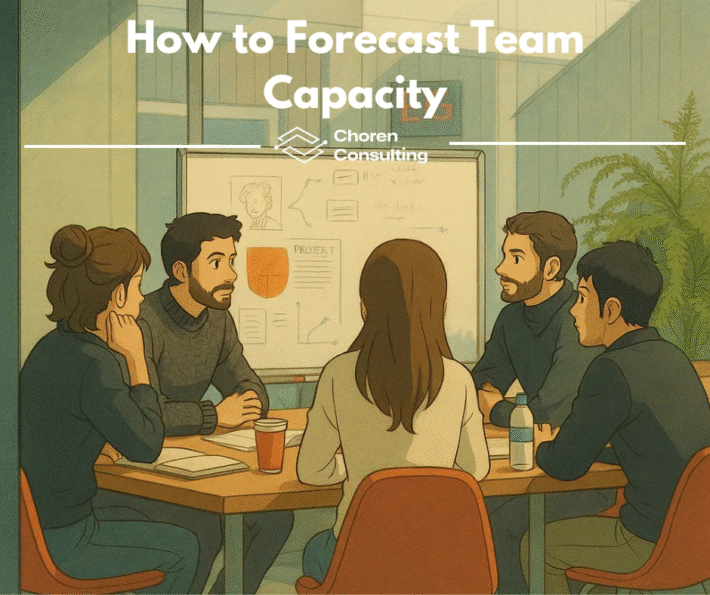Scaling Smart: Resource Allocation Tactics for High-Growth Teams

TL;DR:
Scaling teams without adapting your resource allocation strategy leads to burnout, inefficiency, and stalled growth. Learn key tactics to align capital, time, and talent as your business expands.
Why Resource Allocation Must Change As You Scale
At startup stage, resource allocation is often reactive. Teams wear multiple hats, budgets are tight, and time is your scarcest asset.
But as you transition into a scaling phase, reactive allocation becomes dangerous. Growth strains systems, overextends people, and exposes weak points in operations.
🔹 Scaling requires proactive allocation — forecasting needs based on pipeline volume, not gut instinct.
📊 According to CB Insights, 23% of startups fail due to misaligned team scaling and poor operational planning.
Common Scaling Mistakes in Resource Planning
1. Overbuilding Technology Too Early
Teams invest heavily in SaaS, AI tools, or internal platforms before customer demand warrants it.
2. Underfunding Fulfillment and Post-Sale Operations
Sales skyrocket, but delivery and support teams can’t keep pace, harming customer satisfaction.
3. Hiring Without Forecasting Capacity
Headcount decisions are often made emotionally, leading to overstaffing or critical shortages.
Each of these mistakes stems from a failure to adapt resource allocation tactics during scaling.
Tactic #1: Forecast Hiring by Pipeline Volume
Instead of guessing when to grow your team, link hiring plans directly to your CRM’s project pipeline.
✅ Build threshold alerts: When projected active projects exceed capacity by 20%, trigger a hiring request.
✅ Use tools like Choren CRM Forecast Dashboards to model team capacity against projected workload 6–12 months ahead.
🧠 Case Example:
A B2B SaaS company using Choren CRM thresholds maintained a 95% on-time project delivery rate even while tripling annual customer volume.
✅ This technique prevents hiring freezes, onboarding bottlenecks, and team burnout during scale-ups.
Tactic #2: Fund Customer Success Before Sales Explosion
Many growth-stage companies invest heavily in sales while starving customer success, leading to retention problems.
✅ Allocate 20–30% of incremental sales revenue to fulfillment, onboarding, and support staffing.
✅ Monitor NPS and CSAT scores weekly to ensure that success metrics are scaling in parallel with sales growth.
Early investment in customer success becomes a competitive moat during aggressive growth phases.
Tactic #3: Automate Resource Allocation Triggers
Manual resource allocation decisions cannot keep up with the pace of scaling.
✅ Set automated business rules inside Choren CRM:
- Auto-route new accounts to teams with <80% utilization
- Trigger hiring when workload SLAs slip by 10%+
- Rebalance budgets if project profit margins fall under 25%
Automation ensures decisions are made at speed without emotional bias or blind spots.
Scaling with Confidence
Strategic scaling isn’t just about selling more — it’s about allocating smarter across capital, talent, and time.
When resource allocation is:
- Forecast-driven
- Rule-automated
- Customer success weighted
You create a scaling engine that protects your brand, improves retention, and maximizes profitability across each growth phase.
📣 Call to Action
🚀 Ready to architect your growth path with precision?
✅ Book a Scaling Strategy Session




